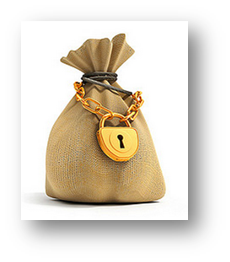Proof of Exchange Reserves
Era of standardisation begins
As a technology matures and becomes more widely used, some form of standardisation is inevitable. There are two kinds of standards: Quality standards, such as verified exchange reserves, and interoperability standards. The Bitcoin exchange community has learned from the MtGox fiasco. Quality standards are vital if  a technology is to expand beyond the glue-sniffers. General punters need to feel safe before adopting a new technology. However, there still remain the twin problems of speculation and panic creating volatility and potential losses where the benefits of standards cannot reach.
a technology is to expand beyond the glue-sniffers. General punters need to feel safe before adopting a new technology. However, there still remain the twin problems of speculation and panic creating volatility and potential losses where the benefits of standards cannot reach.
The questions still remains: Is Bitcoin primarily a means of speculation, or a medium of exchange? Until that question is answered, it is Bitcoin is unlikely to gain mass acceptance.
Citation:
OKCoin, along with many other industry-leading Bitcoin exchanges around the world, all now believe that providing Proof of Reserves is a new industry standard following the ongoing Mt Gox disaster. Previous audits by Stefan Thomas revealed ~100.5% Bitcoin reserves at Kraken and 102.82% Bitcoin reserves.
The process of establishing a Bitcoin Exchange’s proof of reserves requires two steps to verify two separate claims. The first claim that must be verified is that (1) the Bitcoin exchange controls a certain amount of Bitcoin. To verify this claim, the Bitcoin exchange provides a JSON file with a list of all their Bitcoin addresses and balances, which is then compared to the blockchain. The comparison is made using the ‘cryptoshi audit’ command in libcoin.
The second claim that must be verified is that (2) the amount from claim 1 is greater than the amount contained in all of the Bitcoin exchange’s user balances. To prove this, the Bitcoin exchange provides a JSON file containing a set of anonymized user balances.
http://www.cryptocoinsnews.com/news/okcoin-passes-bitcoin-proof-of-reserves-audit/2014/08/22